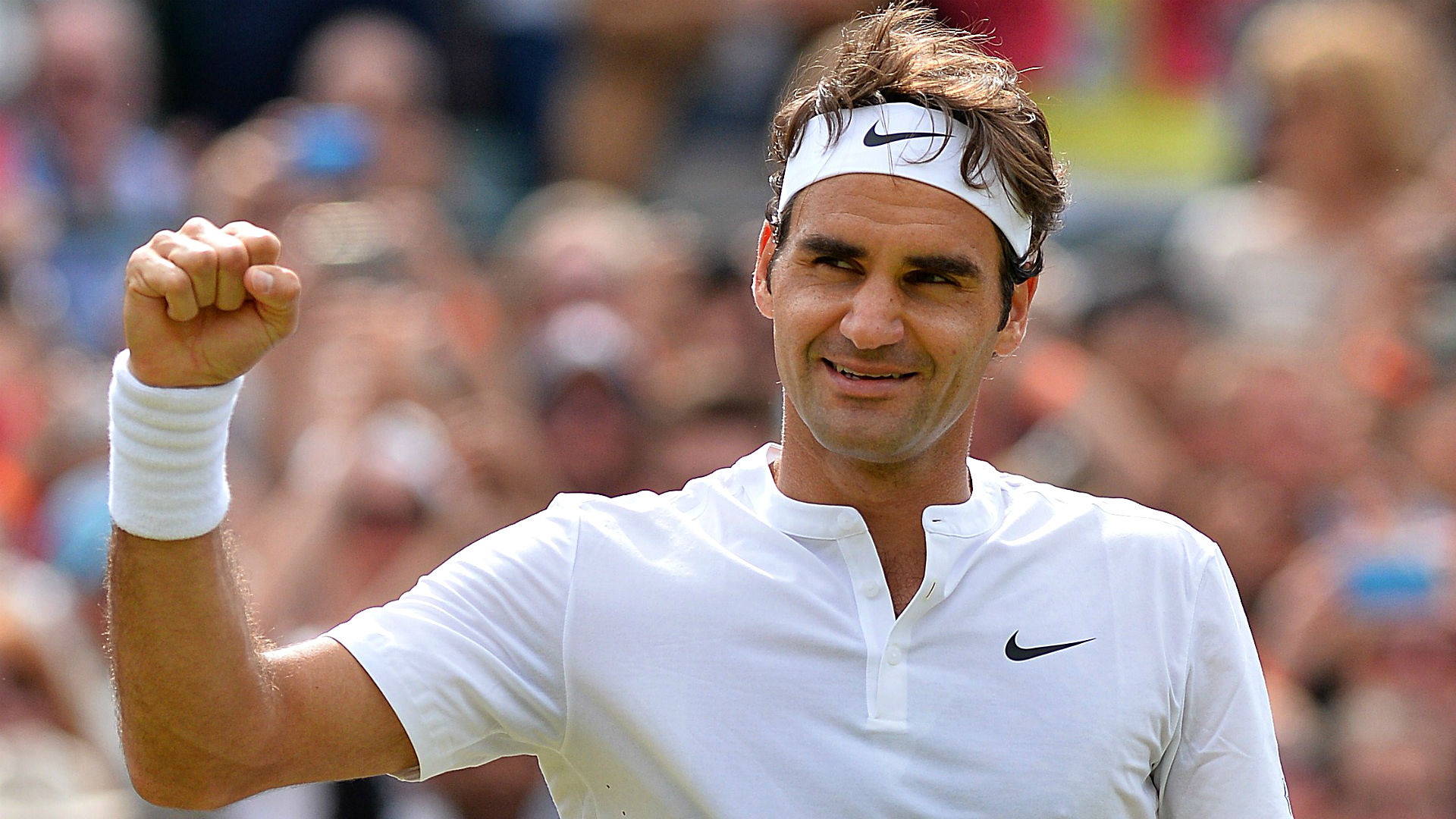The late, great writer David Foster Wallace wrote a seminal article in the New York Times August 20th 2006 edition titled “Roger Federer as Religious Experience” (http://www.nytimes.com/2006/08/20/sports/playmagazine/20federer.html). This article is widely acknowledged today as the greatest essay ever written about tennis. It is a masterful meditation on the wondrous spectacle that watching Federer in his salad days between 2004 and 2007 was.
There are many layers to the article’s profundity and cultural significance, from its recognition, even then, of the existence of Federer’s nemesis (Rafael Nadal) to the piece’s coinage of the widely used “liquid whip” phrase to describe Federer’s sublime forehand striking motion. Most significantly though, the provocative title of the piece accurately captured the almost worshipful feelings watching Federer play inspired in many tennis followers then.
Watching Federer claim his record 20th major title this past weekend at Melbourne Park reminded me why I loved the David Foster Wallace article so much when I first read it. It was because it was the first time I was seeing someone capture in print all that my eyes had seen, but my pen couldn’t articulate, during the period referred to above. Like many others, I had several “Federer Moments” in those days. Moments of jaw dropping wonder at some instinctive improvisation that he had just wrought from the most unlikely of court positions. Moments of exceptional fluidity and grace that made an intensely physical and athletic endeavor appear like some elaborate form of ballet. He made the game seem so easy, so natural. As if anyone could do it.
THE YEARS OF PLENTY (2004-2007)
And he did all this while winning. And I do mean WINNING…in industrial quantities. He won 11 of the 16 Grand Slams contested and a ridiculous total of 42 tournaments in all over the four year period. I had watched tennis for decades by this point and had always been an avid sports fan. One of the earliest lessons you learn as a sports follower is that aesthetic, beautiful play rarely ever prevails on a sustained basis. Regular success routinely went to the “percentage” players or teams, the counter-attackers in football or the dominant baseliners in tennis. Think Ivan Lendl or any Jose Mourinho coached team from his heyday you care to name.
Skillful entertainers would occasionally have their day in the sun, but they mostly flattered to deceive. Examples of these sorts of beautiful failures abound in sport, from Holland ‘74 to ‘Brazil 82 in football to Jimmy White in snooker. But here was Federer, the most poetic sight many had ever seen on a tennis court, winning repeatedly and, apparently, effortlessly. This is why the public reacted to him as they did and continue to do. It felt so good to root for a good guy, in every sense of the word, who also actually WON!

THE SPANISH INQUISITION (2008-2010)
Even when the inevitable fall to earth started in 2008 as the relentless Nadal usurped him both at Wimbledon and at the top of the rankings, Federer did not “do a Borg” and walk away at the first hint of real competition. He continued to win slams and reach finals between 2008 and 2010, albeit at a significantly reduced rate but he played on, even through injury and illness. The beautiful play never went away even if the flow of trophies slowed. The younger Nadal ground away at him and, by this time, was virtually resident inside his head. The only thing that seemed to slow the Spaniard down a little was the inability of his body to cope with the extreme stress he put it through. Djokovic and Murray, six years younger than the maestro, began to enter their prime years and they sought to end the duopoly that male tennis had become over the previous five years.
THE LONG, LOST WEEKEND (2011-2016)
Novak Djokovic, after years in the shadow of the Big Two and with only one major (the 2008 Australian Open) to his name, had a career year in 2011. He won 3 of the 4 slams (losing only to Federer in the semis at Roland Garros, oddly enough) and suddenly began dominating Men’s Tennis just when it seemed Nadal had definitively assumed pole position.
What ensued in the subsequent years was a struggle for supremacy, mostly between Djokovic and Nadal with the former ultimately prevailing, a fact underlined strongly by his non-calendar Grand Slam (i.e. holding all four major titles simultaneously) in 2015-16, a feat that neither Federer nor Nadal had ever managed.
Andy Murray and, to a lesser degree, Stanislas Wawrinka also emerged during this period as multiple major winners earning three each with the Scotsman actually reaching no. 1 in the world in late 2016 as Djokovic seemed to lose his focus having become king of all he surveyed. Federer remained relevant during this period, winning Wimbledon and returning to No. 1 in 2012 for a few months.
His terrible 2013, though, saw many call for him to retire so as to not “ruin” his already unassailable legacy. He lost in the 2nd round at Wimbledon to Sergei Stakovskhy (I know…never heard of him either) and in the 4th round at the US Open to Tommy Robredo, the sort of journeymen players he never would struggle against during his long, extraordinarily consistent run at, or near, the top of the game. After all, he had won 17 majors and spent over 300 weeks at No. 1, both records.
What else could he possibly still be hoping to achieve? He was 32 by this time and his much younger rivals (Nadal and Djokovic are 5 and 6 years younger than Federer respectively).seemed to have, naturally, seen him off.
Federer however, wasn’t having any of this. He loved to play tennis and saw no reason to stop while he still felt good. Instead, he bravely retooled his game at an age where almost all his contemporaries were looking to retire. In 2014, he hired Stefan Edberg, his boyhood hero and one of the greatest exponents of the now dying art of serve-and-volley tennis, as his coach.
This was a tacit acknowledgement of his advancing years and the need to adopt a more attacking style that, if he pulled it off, would shorten points and matches while allowing him to be more successful. The plan, simply, was to approach the net more frequently and vary his tactics more, keeping opponents guessing and off-balance. In the age of baseline power hitters enabled by never-ending improvements in racket technology and slower courts, this tactical switch was deeply counter-intuitive.
At the same time, he also finally changed his racket, ditching his faithful 90 square inch Wilson wand in favour of a bigger 97 sq. inch specimen. This now allowed him to generate more power, more easily, especially on his backhand wing. The challenge was how to do so without losing his signature control.
The changes though, proved fairly quickly to be a success. He became competitive again, reaching consecutive Wimbledon finals in 2014 and 2015 while also getting to the US Open final in 2015, playing some sublime tennis along the way. His straight sets win in the 2015 Wimbledon semi-finals against a pretty much peak level Andy Murray was a highlight of this period.
It remains the best display of grass court tennis I have ever seen, bar none. However, although, he had returned to no. 2 in the world by the middle of 2015 as he approached his 34th birthday (!), he was stopped in each of those major finals by a sublime Djokovic, thus denying him the additional grand slam title(s) he desperately craved to crown his renaissance.
So, when he parted ways with Edberg and picked up a back injury in 2016 at the Aussie Open that later forced him to miss the last six months of the year, it seemed the jig was up. His late blaze of riot seemed to have fallen short of the ultimate affirmation of more major wins. The obituary writers returned in full force, declaring that he would never win another major, and urging him, again, to quit this time. After all, he was 35 by now. Who had ever heard of a male tennis player winning a major at such a “venerable” age?
Part two in a few days…
By Akin Dawodu (Twitter: @alimustapha)











Nice article, Akin. Truly Federer is the quintessential good guy who wins. I hope he wins a few more this year so his grand slam haul will be truly unassailable. Waiting for part two of this article